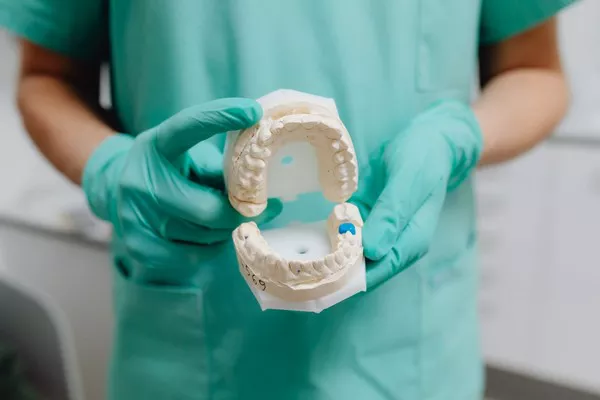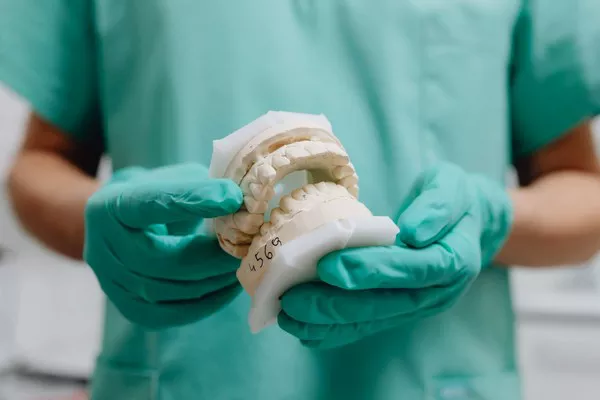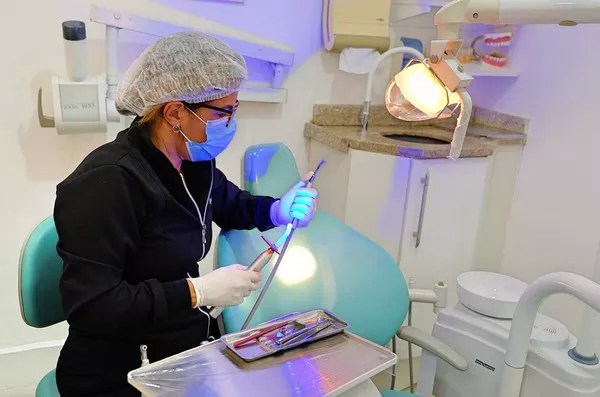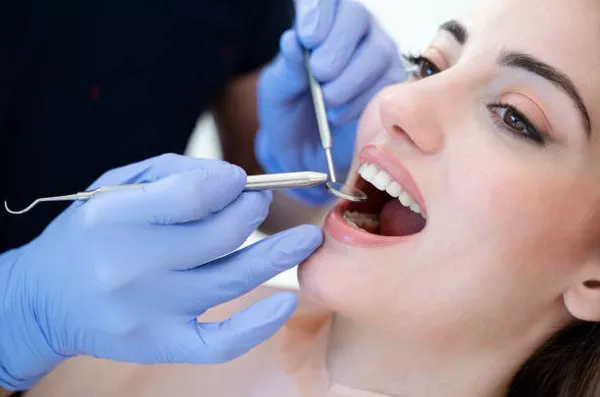Gingivitis is a common dental issue in cats that, if left untreated, can lead to more severe health problems. As a responsible pet owner, understanding how to identify and manage this condition at home can make a significant difference in your cat’s health and comfort. This comprehensive guide will walk you through the essential steps to treat cat gingivitis at home, including understanding the condition, immediate actions, home dental care, dietary adjustments, the importance of professional care, preventive measures, and warning signs.
Understanding Gingivitis
Gingivitis is an inflammation of the gums caused by the accumulation of plaque and tartar on the teeth. This condition is the early stage of periodontal disease and can progress to more severe dental issues if not addressed promptly. In cats, gingivitis can be caused by poor dental hygiene, dietary factors, or underlying health conditions such as feline immunodeficiency virus (FIV) or feline leukemia virus (FeLV).
Symptoms of gingivitis in cats include:
- Red, swollen gums
- Bad breath
- Drooling
- Difficulty eating or a preference for soft foods
- Bleeding gums, especially when eating or being brushed
- Receding gums
- Changes in behavior, such as irritability or reduced grooming
Recognizing these symptoms early allows for timely intervention and management of the condition.
Immediate Actions
When you notice signs of gingivitis in your cat, taking immediate action can help reduce discomfort and prevent further complications. Here are some initial steps you can take:
Remove Hard Food: Temporarily switch your cat’s diet from hard kibble to soft, wet food. Hard food can irritate the inflamed gums and cause pain. Soft food is gentler on the gums and easier to eat.
Ensure Hydration: Keep your cat well-hydrated, as dehydration can exacerbate gum issues. Provide fresh water at all times and consider adding water to their wet food.
Home Dental Care
Maintaining good oral hygiene is crucial in managing and preventing gingivitis. Here are some steps to ensure proper dental care at home:
Brushing Your Cat’s Teeth: Regular brushing is one of the most effective ways to prevent plaque buildup. Use a cat-specific toothbrush and toothpaste (never use human toothpaste, as it can be harmful to cats). Start by gently lifting your cat’s lips and brushing in a circular motion along the gum line. Aim to brush their teeth at least two to three times a week.
Tips for brushing your cat’s teeth:
- Start slowly and be patient. Allow your cat to get used to the process gradually.
- Use positive reinforcement, such as treats or praise, to make the experience more pleasant for your cat.
- If your cat is resistant, try using a finger brush or a piece of gauze wrapped around your finger to clean their teeth.
Dental Treats and Toys: Dental treats and toys designed to reduce tartar buildup can be a helpful addition to your cat’s oral care routine. Look for products approved by veterinary dental associations and designed to promote chewing and mechanical cleaning of the teeth.
see also: Periodontal Disease: Stages, Symptoms, Causes, Timeline & Prevention
Dietary Adjustments
A balanced diet plays a crucial role in maintaining your cat’s dental health. Here are some dietary adjustments to consider:
Dental-Specific Diets: Some cat foods are specifically formulated to promote dental health. These diets contain larger kibble pieces that encourage chewing and help reduce plaque buildup. Consult your veterinarian for recommendations on dental-specific diets for your cat.
Supplements: There are various dental supplements available that can be added to your cat’s food or water to help control plaque and support gum health. These may include enzymes, probiotics, and other ingredients that promote oral hygiene. Always consult your veterinarian before introducing any supplements to your cat’s diet.
Professional Care
While home care is essential, it is not a substitute for professional veterinary care. If you suspect your cat has gingivitis, schedule a veterinary exam for a proper diagnosis and treatment plan. Your veterinarian can provide a thorough dental cleaning, remove plaque and tartar, and address any underlying health issues contributing to gingivitis.
Preventive Measures
Preventing gingivitis is key to ensuring your cat’s long-term dental health. Here are some preventive measures to consider:
Regular Dental Check-Ups: Schedule dental check-ups for your cat at least every six months. Regular check-ups allow your veterinarian to monitor your cat’s dental health, perform cleanings, and address any issues before they become severe.
Consistent Oral Hygiene: Maintain a consistent oral hygiene routine for your cat, including regular brushing, dental treats, and toys. Consistency is crucial in preventing plaque buildup and maintaining healthy gums.
Monitor Diet: Ensure your cat’s diet supports dental health. Consider incorporating dental-specific diets and supplements as recommended by your veterinarian.
Warning Signs
It’s important to be aware of warning signs that indicate gingivitis may be worsening or that more serious dental issues are developing. These signs include:
- Persistent bad breath
- Increased drooling or pawing at the mouth
- Refusal to eat or significant weight loss
- Visible pus or abscesses around the gums
- Loose or missing teeth
- Severe pain or discomfort
If you notice any of these signs, seek immediate veterinary attention. Early intervention can prevent further complications and ensure your cat receives the necessary treatment.
Conclusion
Managing cat gingivitis at home involves understanding the condition, taking immediate actions to reduce discomfort, maintaining proper dental hygiene, making dietary adjustments, and seeking professional veterinary care. By following these guidelines and implementing preventive measures, you can help ensure your cat’s oral health and overall well-being. Remember, regular dental check-ups and consistent home care are essential in preventing and managing gingivitis, keeping your feline friend healthy and happy.
You Might Be Interested In





























